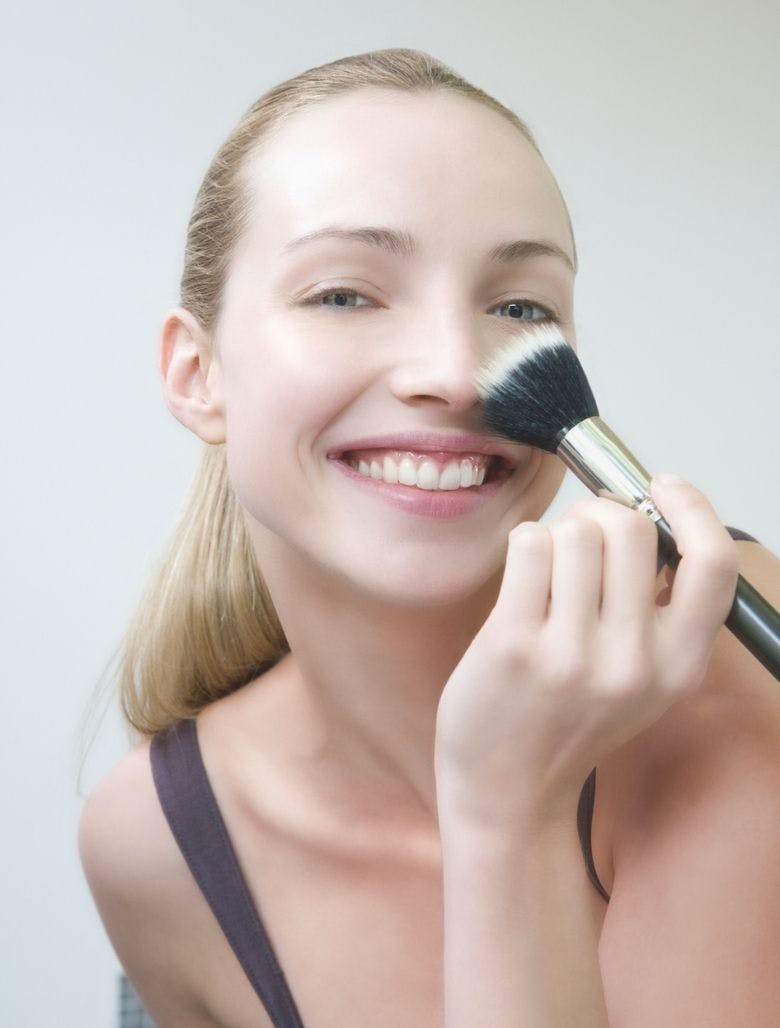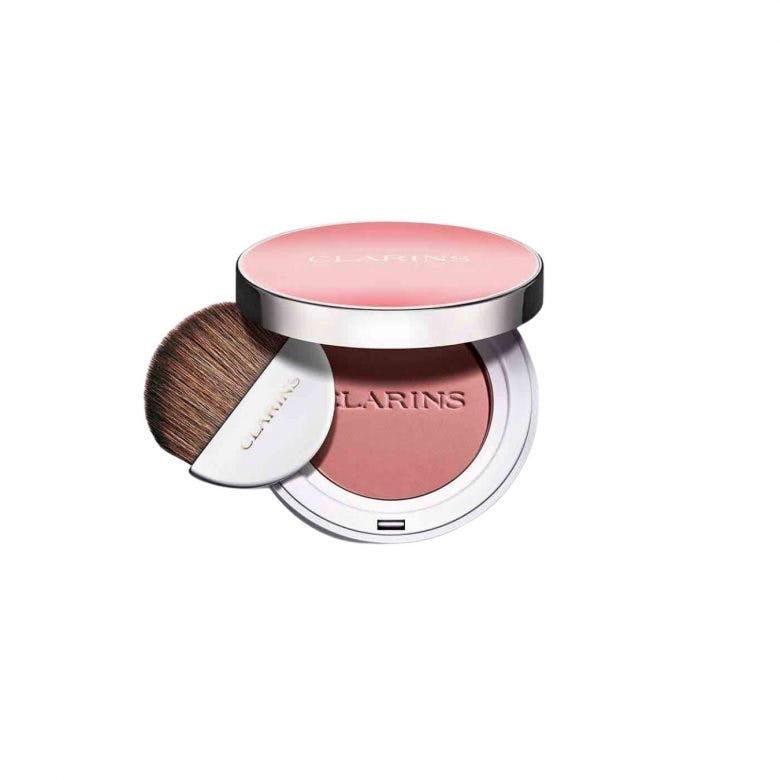How To Apply Blush Correctly: The Modern Way
5 minutes read
Blush, rouge, cheek tint, or gel, powder, or cream: whatever guise your blusher comes in – there’s one thing for sure – it brings an instant healthy radiance akin to a post-facial, look of love kind of glow.
This year, more than 13 million TikTok viewers sat glued to their mobiles, mastering how to pinch their cheeks to achieve a glorious natural flush.
And the reason? Well, a natural blush look has the ability to revive you – even when you look exhausted. It softens your face and gives the impression of an internal glow. It makes you look better. Healthier. Kissed by the sun. And let’s face it, year two of hiding behind masks, we’re all keen to show off some cheek and our post lockdown complexions.
Here’s the lowdown on all the tips and tricks on how to apply blush to make sure you get it right every single time.

Why we use blush
We use this magical product to achieve a warm, healthy glow. But one blush doesn’t suit all. To get the right radiance, you have to consider your skin tone, face shape, skin type, outfit and mood.
Choosing the right blush to suit you
Undertones tend to get divided into three main categories: Warm, cool and neutral.
Warm: If your skin has warm undertones, you have green veins. Choose peach or golden hues.
Cool: If your skin has cool undertones, it means you have bluish and purple veins. A blue or pink-based blush will be a safe bet.
If you’re still unsure, take a look at your jewellery. Warm tones look best with gold, while cool skin tones usually prefer silver. On occasion, you can be a mix of both (lucky you) which means you can get away with a spectrum of colours.
For people with very deep skin tones, it may be harder to see yellow or pink. “Golden, honey tones in deep skin would indicate warmth. On the other hand, a red, almost terracotta tone to the skin indicates a cool undertone,” McHale explains.
Colour:
For the most natural colour, you should choose one that has similar undertones to your skin tone. Test the blush on the apples of your cheeks and compare it to your natural lip colour. As a general rule:
- Fair skin: light hues of light pink, peach or soft berry.
- Medium skin: rosy pinks or corals.
- Olive skin: peach and orange.
- Dark skin: deeper shades of berry, coral and red – if it’s too pale or pearlescent then it can appear ashy.
If you’re still unsure, use Clarins’ innovative virtual Try on experience to help you find the perfect shade for you. Upload a photo of yourself or use your camera. You can then test out one of the shades of Joli Blush from the comfort of your own home. The product has buildable pigments so it can go on sheer and then build-up to the desired depth.
Blush tips and tricks
We asked Charlotte McHale, Clarins Training Manager for her professional guide to blusher:
- Where you apply your blush is important. “It’s all about placement,” She explains. “Look straight ahead in the mirror and imagine two vertical lines through the pupils of each eye. Avoid placing blush in the entire mid-panel between those two lines. Rather add colour back outwards towards the cheekbone and into the hairline.”
- A great tip for mature skin: “Don’t smile when you apply blusher. Rather keep a straight face and apply blush higher up near the cheekbone for a subtle facelift.”
- She suggests using the old favourite, the ‘pinch test’ to check what colour blush will suit you. “Pinching your cheeks brings blood to the surface for a natural blush. But if you want a more vibrant look, not a natural flush, you can choose whatever colour you want. There are no rules!
Talking blush textures
You can choose your texture depending on your skin type. For instance, cream blush can feel heavy on oily skin, but it’s very comforting for dry skin.

For oily skin? McHale recommends, “Joli Blush, a powder blush, infused with hazelnut oil, so even though it has a powder texture, it’s not over-drying.”
Those with normal skin can be flexible when choosing blush, A cream blush gives a more natural flush, while powder offers a stronger make-up look.
Blush vs Bronzer
The difference between blush and bronzer? Make-up artists say blush looks like healthy circulation, while bronzer looks like you’ve caught the sun. They don’t do the same job.
The right tools for the job
Pros suggest always applying cream blush with your fingers. Blend a pop of colour right in the apple of your cheek with the fingers, working outwards. Then use a foundation brush to soften the edges, so there’s no discernible difference in the skin texture; it will look like your own natural flush.
McHale recommends choosing a blush brush that is reasonably firm and can control the amount of powder so that you can spread it evenly, lightly, or layer it. “It’s about ‘buffing the product in so there are no hard lines,” she concludes.
How to apply blush the modern way
- Add a more tawny, beige or brown shade to subtly sculpt and then add a pop of your pretty bright pink or peach to uplift the complexion.
- Choose a blush colour and coordinate it with the rest of your make-up – so eyes, cheeks and lips match.
- Ignore the rules – mix and match blush colours (think vivid tones). Apply over the apples of your cheek and into the eye socket.
- Statement blush is back! Try ‘draping’ a trend being re-visited from circa 1984 where you take the blush colour all the way to the temple and up towards the eyebrow. The colour du jour? Hot pink!
Sign up for our newsletter
We will keep you in the loop for special offers, exclusive gifts and product news.

